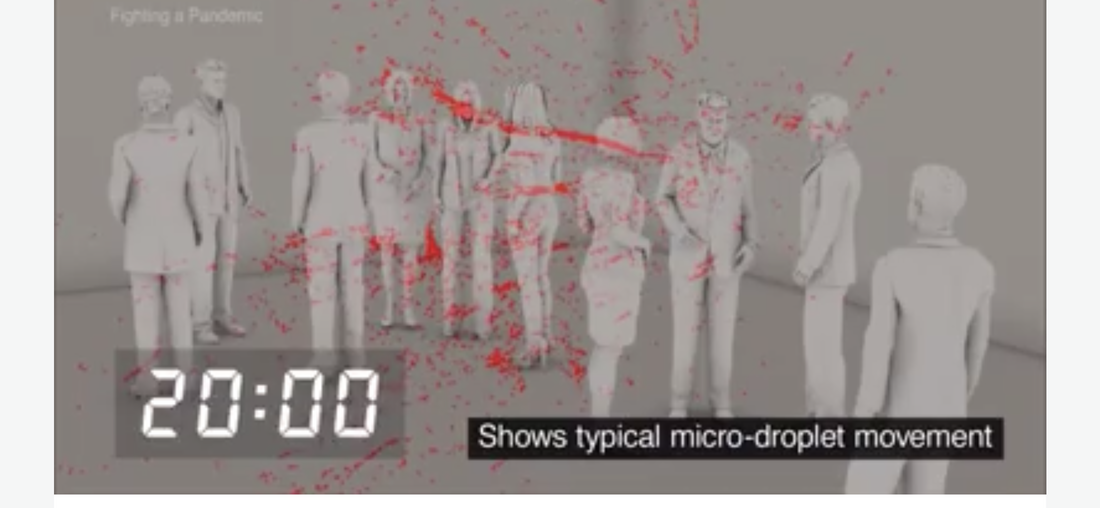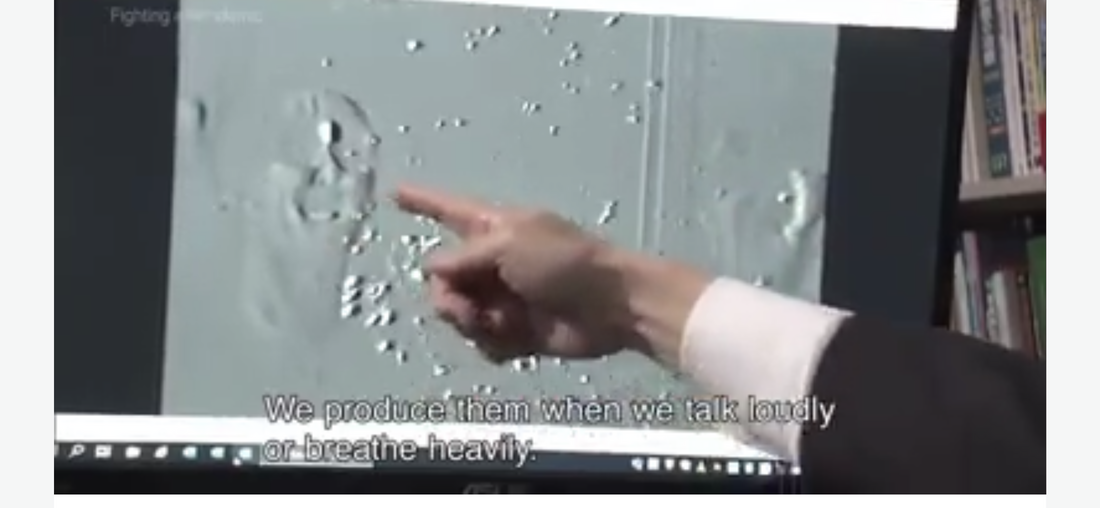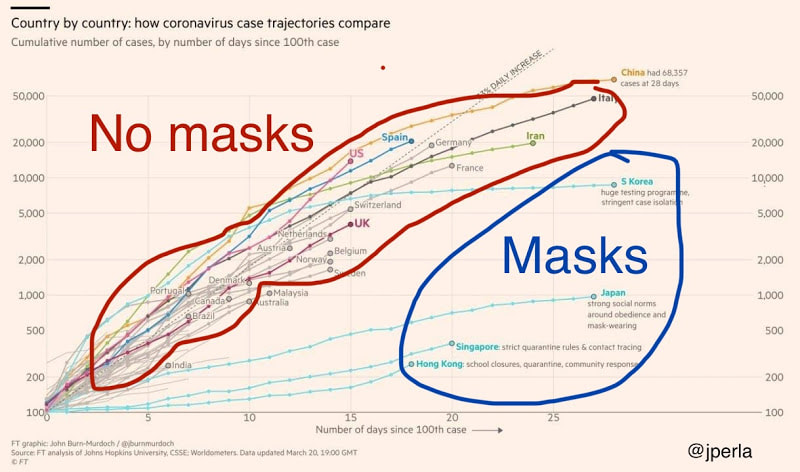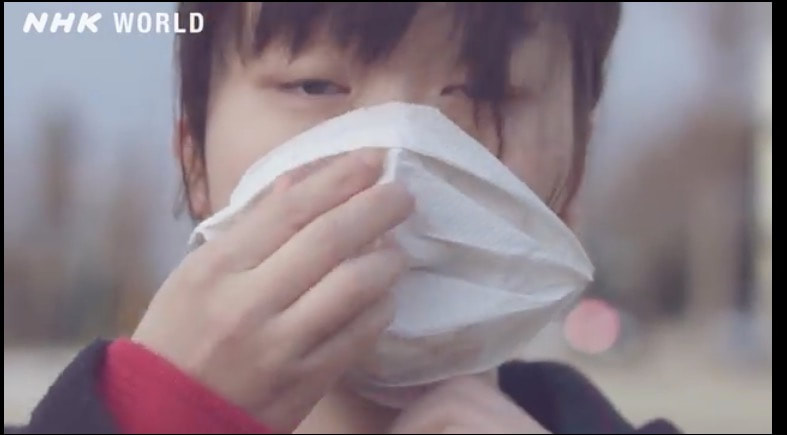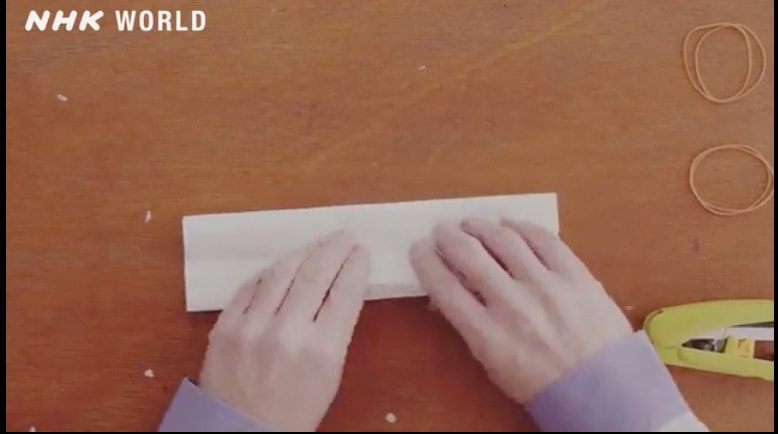|
SEARCH My Blog (Opens in new tab)
The fact is clear and unambiguous
Confused?
Let me help you:
Medical staff wear masks because they reduce the chance of airborne transmission of infection from the patients to the carer. Let's unpack that sentence together:
If it was not as crystal clear as that then medical staff would not be wearing them. The issue is about community spread
OK, so you may have an objection about the present moment - that there are not enough masks. Sure, that's nothing to do with what masks are for, it is simply logistics.
It is also not the reasoning behind the position taken by the WHO. Michael Ryan, executive director of WHO's Health Emergencies Programme - noted the global shortage of masks and said they must be a priority for frontline health workers. But he said this is not the primary reason for the WHO's position on the use of masks. March 31, 2020.
Clearly, where there is a shortage then masks must be distributed in priority order. That's not the issue about mass use of masks.
The issue is one about one thing - community spread. WHO and the US CDC believe that mass use of masks will not reduce community spread. Austria thinks they will, and China says that this is a fundamental requirement to limit community spread. Most people in the West view "community spread" as managing the risk of them getting the virus. People in the East regard community spread as them managing their obligation not to give the virus to their family, friends and the community. Medical personnel don't want to inhale an airborne virus from a patient. This is managing the risk of getting the infection. It works. That's why they do it. The big myth of the community spread guidelines is that standing 1.5m from another person is as effective as wearing a mask. The behaviour of microdroplets makes 1.5m ineffective
When we speak there are masses of water droplets spraying from our mouth in a vapour. That 1.5m distance is based on early observations that the droplets in the vapour fall to the ground quickly - within 1m.
The big droplets do fall to the ground quickly.
But researchers in Japan have recently discovered that there are two types of droplets - macrodroplets and microdroplets.
The microdroplets float for a long distance and stay active for up to three hours - and each one carries a heavy load of the virus. If someone talks loudly and you are standing 1.5m away you will be showered in microdroplets. The Japanese scientists mapped the microdroplets with lasers, and this phenomenon is very clear to see. If the air is moving just very slightly towards you, you will be showered in microdroplets. When you breathe in, you will breathe the microdroplets and their viral passengers right into your mouth and throat. Social distancing guidelines are a 2nd best option
Current social distancing guidelines are a second-best option which - at 1.5m - do not account for the unpredictable trajectory and lifetime of microdroplets.
It's conclusive. If you wish to protect yourself from a second-party carrier, then wearing a mask improves your odds. If you are inclined to do the right thing by your family, friends and the community in which you live, a mask will reduce your chance of infecting them. Is that obvious, or does anyone not believe that having a mask over your mouth will greatly reduce, if not prevent, the ejection of sprays of an airborne virus as you speak? This virus is transmitted by droplets and close contact. Droplets play a very important role – you've got to wear a mask, because when you speak, there are always droplets coming out of your mouth. Many people have asymptomatic or presymptomatic infections. If they are wearing face masks, it can prevent droplets that carry the virus from escaping and infecting others," - George Gao, director-general of the Chinese Center for Disease Control and Prevention. Conclusion - we should all be wearing masks
To sum up the evidence, it is that:
Is there anything unclear about that? We should all be wearing masks when outside. This especially applies when going shopping and to places where the breath of others is likely to float in the air. The current guidelines from the WHO and CDC will inevitably be altered:
Not convinced yet, check the stats
If you are not yet convinced, then compare the coronavirus trajectories between countries that enforce the mass wearing of masks with those that do not.
Get the picture? The stats don't lie.
In the meantime, with masks facing critical supply shortages, this video from Japan [From "How to Craft Safety"] shows you how to make a relatively effective mask at home. It's a lot better than having no cover.
[Video] PAPER TOWEL MASK | NHK WORLD-JAPAN
Let's flatten this curve together and send it down. Wear masks when you can.
Good luck.
Follow me on Quora for more health and fitness tips. If you enjoyed this article >> Follow me Leave a comment >> Share it >> Stay healthy If you have any questions email me and I will get back to you.  RSS Feed RSS Feed
Latest: get your free customised fitness plan designed uniquely for you.
|
ChoicesSince I was diagnosed at 50 with Type 2 diabetes I've been learning how to do bone-building fitness training which lowers my age. You can too. It's your choice. Walter Categories
All
Archives
May 2023
|
